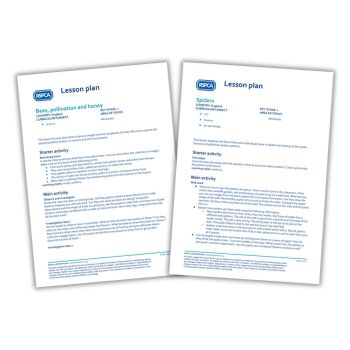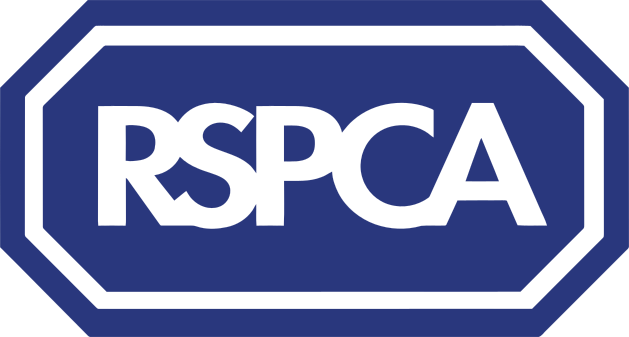Lesson plans in PDF and Word Doc format
KS1, KS2
Years 1-6
We share our world with so much wildlife and minibeasts are easy to spot.
These minibeasts lesson plans from the RSPCA will get your young learners thinking about the different types of minibeasts, our attitudes to them and the roles they play in the ecosystem.
Bees, pollination and honey
The first lesson focuses on bees to give an insight into the complexity of insect life and to explore the beneficial effect of bees on humans and the environment.
Starter activity
Invite the class to tell you what they know about bees. You can show them the collection of images.
Make a list on the board of the following points:
- From early spring until late autumn, worker bees gather nectar and pollen from flowers
- They use a long hollow tube, called a proboscis, to collect the nectar
- They gather pollen in ‘baskets’ on their hind legs
- The nectar is made into honey and the pollen is stored in a honeycomb for food
- Bees help to pollinate flowers by transferring pollen from the stamen to the stigma.
Spiders
The second lesson explores the fears that some individuals have of spiders by looking at the useful functions that British spiders perform.
Starter activity
Start the class discussion with the question ‘what do you know about spiders?’ Listen and list the
key points on the board.
Minibeasts lesson plans
This download contains:
- Starter activities
- Main activities
- Plenary activities
- Curriculum objectives
- Learning outcomes
- Vocabulary
Find more great resources from the RSPCA at education.rspca.org.uk/education and follow @RSPCA_official on Twitter.
Browse more resources for World Environment Day.














